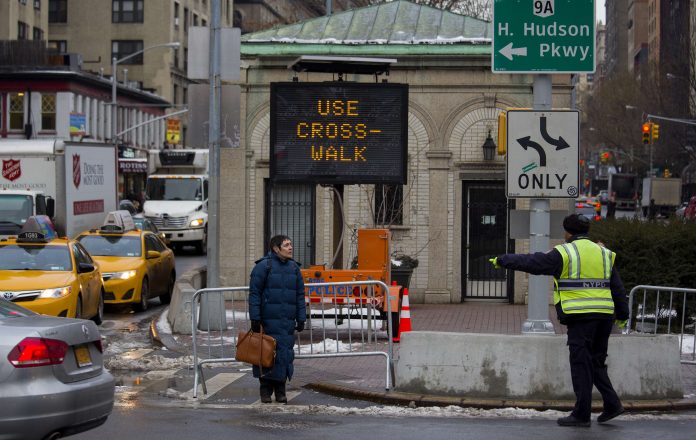
Most crosswalks in New York City violate laws protecting people with disabilities by failing to properly protect blind and low-vision pedestrians, a judge ruled Tuesday.
U.S. District Judge Paul A. Engelmayer in Manhattan said the city has violated three laws protecting the disabled with its failure to equip most crosswalk signals to aid the blind or those with bad eyesight.
The judge said it is yet to be decided what the ramifications of the ruling will be because the first phase of the court proceeding was to assess liability.
The city is consistently working to make streets more accessible for those who are blind or have low vision, particularly by adding devices that communicate with sounds, speech or vibrating surfaces, city spokesperson Laura Feyer said.
The city will continue to work with the disabled community to make improvements, she said.
The ruling came in a lawsuit brought by a nonprofit corporation that represents people with vision disabilities.
In the decision, Engelmayer noted that New York City has the highest population density of any major American city.
“Pedestrians with visual disabilities often encounter danger, inconvenience, and humiliation while attempting to use the City’s crosswalks,” he wrote.
Of the city’s 120,000 pedestrian control signals, nearly all of 13,200 signals at 45,000 intersections only communicate crossing information in a visual format, the judge said. Those signals are inaccessible to the blind leaving fewer than 5% of signals that aid blind people, he said.



















